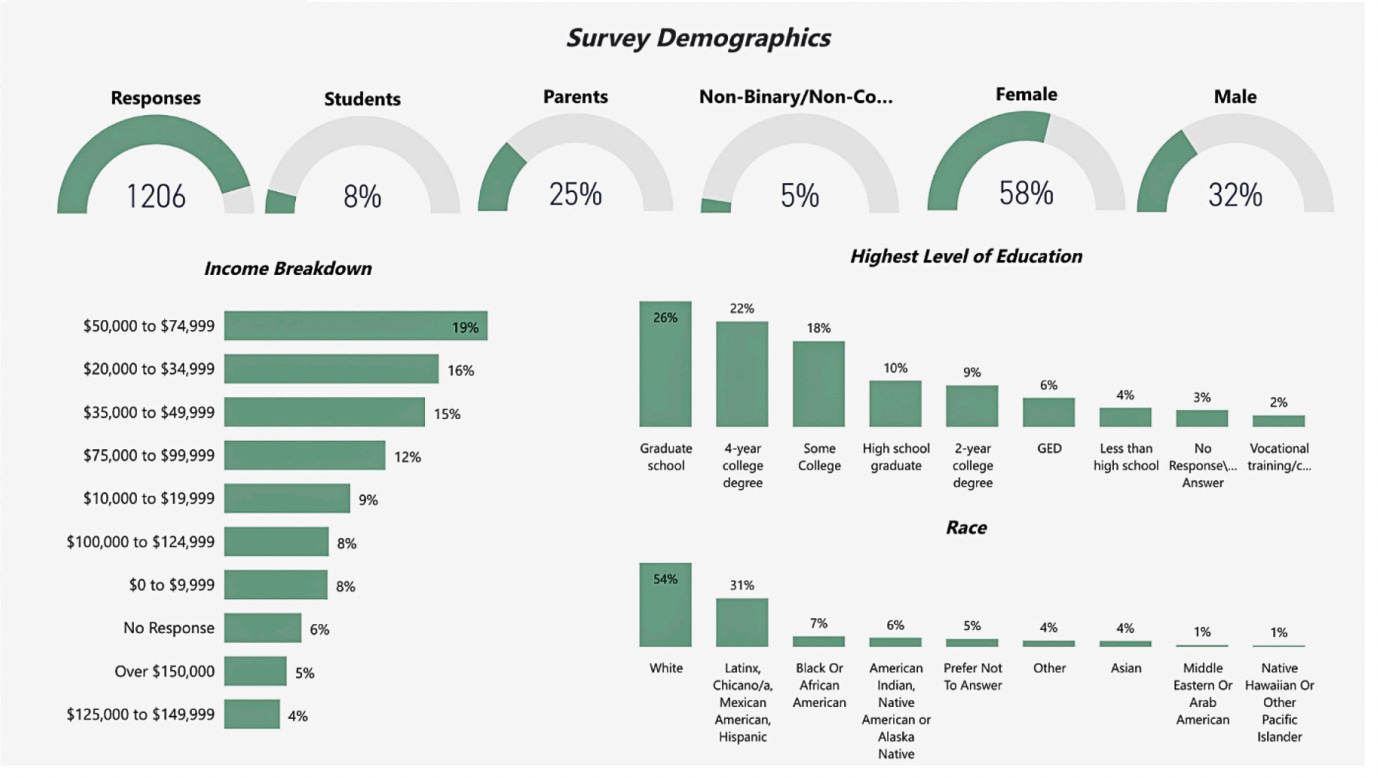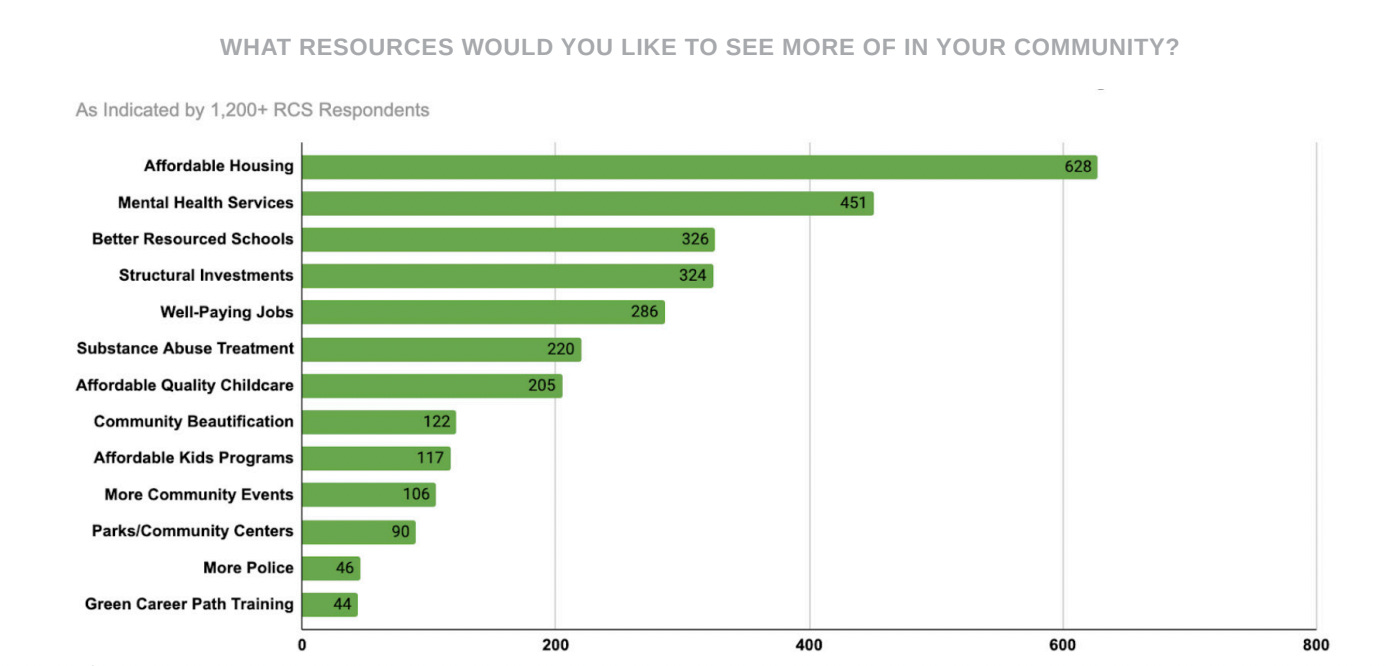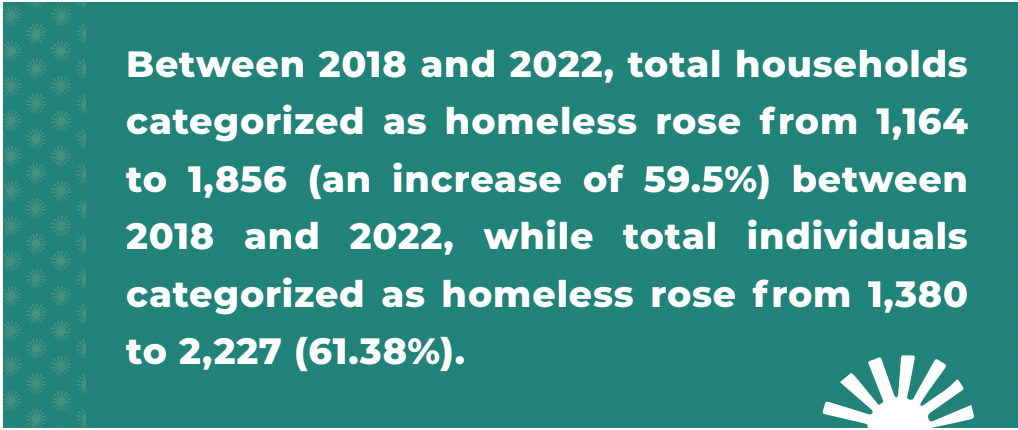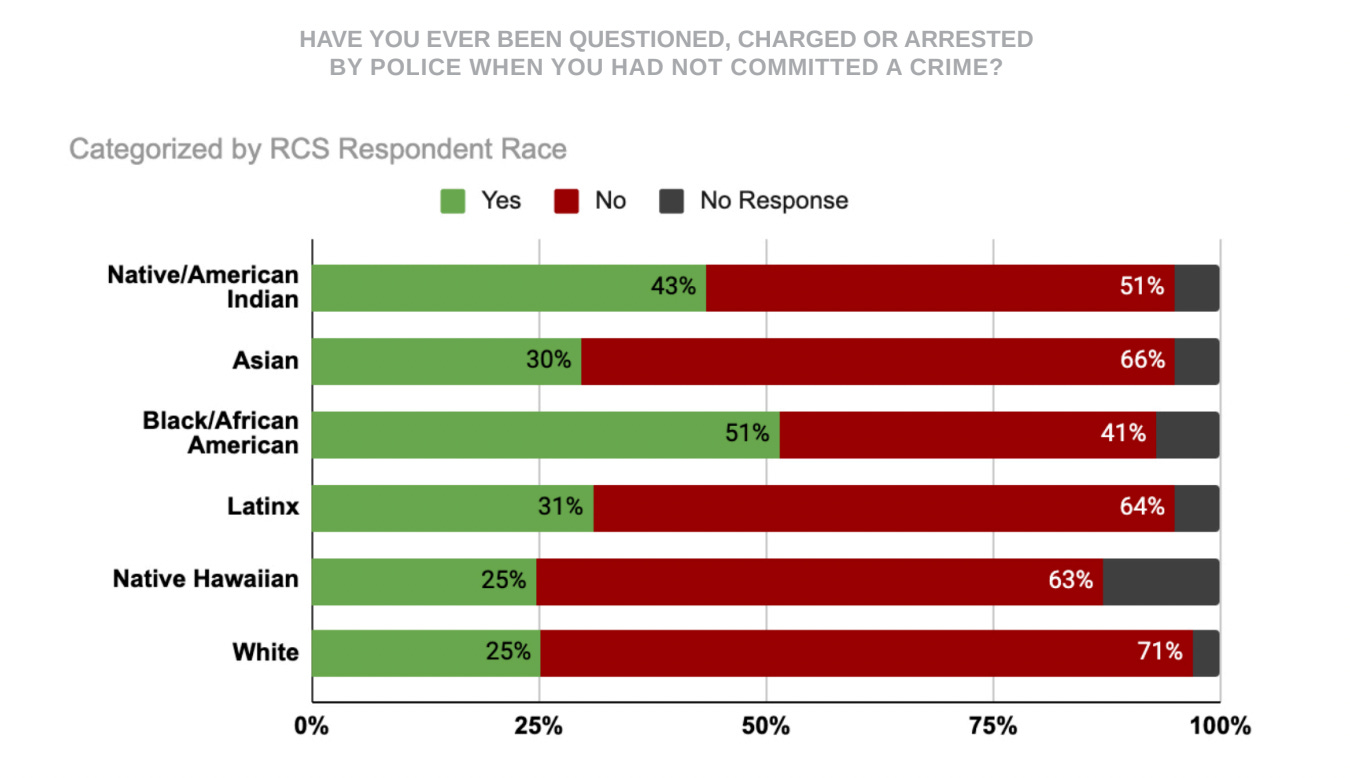The Daily Agenda: What does safety mean to you?
More than 1,200 Tucsonans weighed in on the topic ... Quality of life issues were at the top of the list ... Vail incorporation concerns.
When you survey people about public safety, you usually ask questions about police and the criminal justice system.
But if your version of safety doesn’t focus on those things, you ask questions that cover a lot more ground.
Just Communities Arizona, a group that wants to overhaul the criminal justice system, asked those questions in a recent survey of more than 1,200 Tucsonans, with help from the City of Tucson.
The idea of community safety has been in flux over the years, as cities and towns across the country try to balance crime fighting and prevention without over-policing residents.
A lot of the focus has been on improving the criminal justice system, but what if the traditional idea of crime and punishment as a driver to safety has been missing the mark?
The responses to the Reimagining Community Safety survey suggest just that, with respondents overwhelmingly saying that addressing basic needs is the key to creating true community safety. The survey was conducted online and in-person from November 2021 through August 2022, and included residents of all six city wards.
Just Communities Arizona is an abolitionist group that wants to end the current punishment system that it says emphasizes criminalization, surveillance and mass incarceration. The group focused the survey on people who live in under-resourced and over-policed parts of Tucson.
Organizers say the research shows that true safety isn’t just physical, but also emotional and interpersonal, and it’s tied directly to health and wellness. Respondents overwhelmingly prioritized often-ignored aspects of safety, like housing, economic security, education and equity.
“The takeaway is that folks have a holistic view of what constitutes safety,” said JCA Executive Director Caroline Isaacs. “A lot of elected officials have maybe been around for the tough-on-crime wave and we are past that, by and large.”
The survey polled people on five public service areas — jobs, affordable housing, public transportation, public schools and affordable medical and mental health care — and whether the services had improved, worsened or stayed the same over the last two years.
If you find this story interesting, chances are some of your friends will, too. Click the share button and help spread the word!
Housing took a big hit, with 64% of respondents saying that access to affordable housing in Tucson has worsened in the last two years and more than 20% of people saying homelessness is their main concern.
Health care was also problematic, with 66% of respondents saying Tucson’s access to medical and mental health care is “poor” or “very poor” and just 0.03% believing it’s very good.
Education also didn’t fare well, with 38% of people surveyed saying the quality of Tucson’s public schools is poor. Nearly 45% of people somewhat or strongly disagreed with the idea that public schools here are preparing children well for the future.
When it comes to issues of concern, second to homelessness was “inequality,” with 12% of respondents saying it’s their main concern.
“What I like to think is that there’s been this kind of social reckoning as of late and there is systemic and persistent inequality and it’s a problem,” Isaacs said. “It’s a problem if it affects you and it’s a problem if it doesn’t affect you.”
Only 4% named crime as the prominent issue in the community, and only four people out of more than 1,200 said public safety was their top concern. On top of that, only 4% said they wanted to see more police in the community.
“There’s a role for police and a lot of this stuff is not it, and they know it and we know it,” she said. “They’re not trained to be mental health counselors or substance use counselors. It’s not fair to expect them to solve every single social problem.”
The survey also included questions about participants’ interactions with the criminal justice system, with nearly 30% saying they’d been questioned, charged or arrested by police when they had not committed a crime. People of color reported a higher rate of interaction with police than white respondents.
Roughly 38% of people surveyed said they or a family member had spent time in jail or prison, which JCA says tracks with Arizona’s ranking as having the 5th highest incarceration rate in the United States.
But the survey didn’t just focus on problems, it also asked residents where they want to see the community’s resources allocated. More than half of people wanted to see more affordable housing, and affordable and accessible medical and mental health services wasn’t far behind.
So what does this all mean in terms of the big picture?
“It underscores that the efforts in Tucson and Pima County that are underway to address root cause-related issues and the larger aspects of safety, including not just physical safety, but also emotional and mental wellbeing, are stuff people understand is important and want to see prioritized,” Isaacs said.
The city actually played a part in the survey, inviting JCA to survey residents at large community events and providing funding for incentives, like grocery store gift cards. Isaacs say the city’s help made it possible for JCA to survey people in all six wards.
Isaacs and others at JCA are busy meeting with government and community leaders about the survey results and they’re hopeful that Pima County supervisors will take it into account in their upcoming discussions about a possible expansion of the jail.
They’re also hopeful that the results will show local leaders that they’re on the right track when it comes to their partnerships with community groups and efforts to address some of these issues.
“Folks have already been doing this (kind of work) this whole time and that’s how most good things get done,” Isaacs said. “It’s really just the leadership catching up with what the people already know and directing the resources to the right places.”
Sounding off: The University of Arizona scored a $30 million grant from the National Science Foundation to fund the school’s New Frontiers of Sound center, the Daily Wildcat’s Sam Parker reports. The center will explore the study of topical acoustics with research focusing on the geometry and landscape of sound. Topical acoustics apply to cellular technologies in a variety of ways, including lengthening battery life to increasing bandwidths.
Hitting the hay: Arizona Public Media’s Zac Ziegler and Chris Conover continue their “Tapped” series about living with the cost of drought in the Southwest with an exploration of alfalfa and how the agriculture industry is adapting as water gets scarce. The USDA reports that last year, 260,000 acres of alfalfa hay were harvested in the state. With all agricultural crops totaling 1.2 million acres that same year, alfalfa is by far the largest single crop by acreage.
To incorporate or not to incorporate: Concerns surrounding the potential Vail incorporation boil down to roads, taxes and development, AZPM’s Conover writes. Those in favor of incorporation say the move would give Vail more control over land use, but those opposed also say that staying unincorporated will protect the land from development. Some residents are also concerned about paying the bills for the potential new town, which would come with a proposed 2% tax. Vail’s previous attempt to incorporate in 2013 was defeated by nearly a 10 percentage point margin.
We are funded solely through paid subscriptions from readers like you, not a town tax. Consider upgrading to paid to support local journalism.
At home in the woods: The Arizona Daily Star’s Tim Steller takes readers behind the scenes of the 100-Acre Wood, a homeless camp near Golf Links. While Tucson doesn’t have city-sanctioned homeless camp, residents tell Steller the Wood has operated with the perceived sanction of local officials and agencies.
57: The percentage of people surveyed by Just Communities Arizona who believe Tucson is a good place to work. The survey also showed that the average person of color – mostly Black and Hispanic respondents – was 5% less satisfied with their quality of life in Tucson than their white counterparts.













Excellent article. Caroline Isaacs and Just Communities Arizona are amazing.